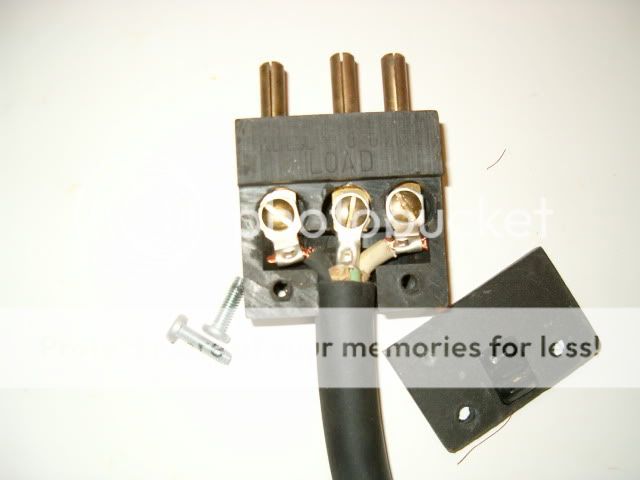Not to jump in at the end but I have dealt first
hand with some of these questions. First connecting cam locks to a SO cable is permitted so long as the termination is made in a listed
junction box. I have never seen it done appropriately with full size cams but several carnival operators have 6/5 cables run to their equipment with mini cam connectors on the ends. They have a large listed enclosure where the termination is made and the
strain relief on the SO
cord is affixed to the enclosure and the cams are terminated inside the listed enclosure. I was told it is allowed bacause the inner shields for the conductors are only exposed inside the listed enclosure which is not a violation of the
NEC. (This is also why they are allowed to use a single pole
conductor on a load less than 200 amps.) So theoretically speaking depending on how the cable is terminated when in use it isn't a definitely forbidden practice.
Secondly,
NEC does not have a requirement for the color of non grounded conductors. The
neutral conductor of a branch
circuit must be
identified in accordance with 200.6 [210.5(A)]. Equipment grounding conductors can be bare, covered, or insulated. Insulated equipment grounding conductors size 6
AWG and smaller must have a continuous outer finish either green or green with one or more yellow stripes, in conformance with 250.119 [210.5(B)]. On equipment grounding conductors 4
AWG and larger,
insulation can be permanently reidentified with green marking at the time of installation at every
point where the
conductor is accessible [250.119(A)]. Ungrounded conductors must be
identified as follows" [210.5(C)]: Also, "Conductors with
insulation that’s green or green with one or more yellow stripes can’t be used for an ungrounded or
neutral conductor [250.119]." Additionally, If the premises wiring
system contains branch circuits supplied from more than one
voltage system, then each
ungrounded conductor must be
identified by
phase and
system at all termination, connection, and splice points.
The
point of this is to say that there is no
NEC requirement on the color of any
conductor other than
Ground. Some jurisdictions may set out specific colors based on
voltage.
All of this was after a discussion with the school electrician who wired our
portable dimmer pack with brown, yellow, and orange camlocks. I never specified colors in the request and he ordered the cheapest ones on grainger. At the end of the day we settled on large plaque on the front of the rack denoting the required input
voltage. I would argue that instance common practice is that 120/207 and 120/240 installations are red, black, and blue; 277/480 installations are brown, orange, and yellow. Several of the generator companies in my area have all black cables quad
aught and they
mark them with electrical tape during installation to denote
voltage and
phase. Those are the colors I have seen them use during those installations. I will qualify this with the fact all of these experiences are limited to the St. Louis region and standard practice may vary in other localities.



